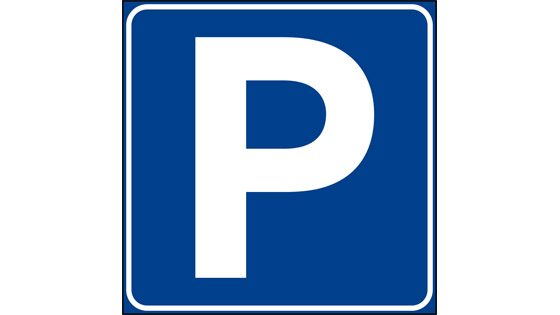Giandomenico Catalano
Born in Gallipoli, perhaps around 1560, he was the protagonist of the Salentine art events between the XVI-XVII centuries; still unknown are the events concerning his formation and the date of his death, probably after 1626-27.
His intense and long-term activity as a painter gave him great reputation as an “excellent painter” and “devotee”.
During his activity he had a flourishing school, which included his son Giovan Pietro. His pictorial style was pleasant and graceful. He entered into competition with D’Orlando, another Salentine artist.
Certainly formed in the late-mannerist environment of Naples in the second half of the sixteenth century, he achieved more pleasant results since the ’90s, according to the typical stylistic elements of the figurative culture of Teodoro d’Errico and Francesco Curia, who were the main propagators of neo-Parmesan Mannerism of Northern origin. The latest part of Catalano’s artistic journey, a sign of a conquered maturity, was his encounter with Imparato’s manner and with and “Baroccism”.
Many of his paintings are now in Gallipoli (Cathedral, Rosario, San Francesco d’Assisi, Santa Chiara) and all around Salento
[From: Il grande Salento per immagini (Storia - Arte - Cultura - Tradizione GALLIPOLI) Texts by Elio Pindinelli, Published by Il Salentino Editore - translated by: Rocco Merenda]
| Giovan Battista Crispo | 1550 circa – 1598 circa |
| Stefano Catalano | 1553 circa – 1620 circa |
| Bernardino Amico | |
| Giovan Carlo Coppola | 1599 – 1652 |
| Tommaso Briganti | 1691 – 1762 |
| Filippo Briganti | 1724 – 1804 |
| Giovanni Presta | 1720 – 1797 |
| Giandomenico Catalano | 1560 circa – |
| Giovan Andrea Coppola | 1567 – 1599 |
| Giorgio da Gallipoli | |
| Leonida Tonelli | 1885 – 1946 |
| Eugenio Vetromile | 1819 – 1881 |
| Tommaso Fiore | 1884 – 1973 |
| Emanuele Barba | 1819 – 1887 |









